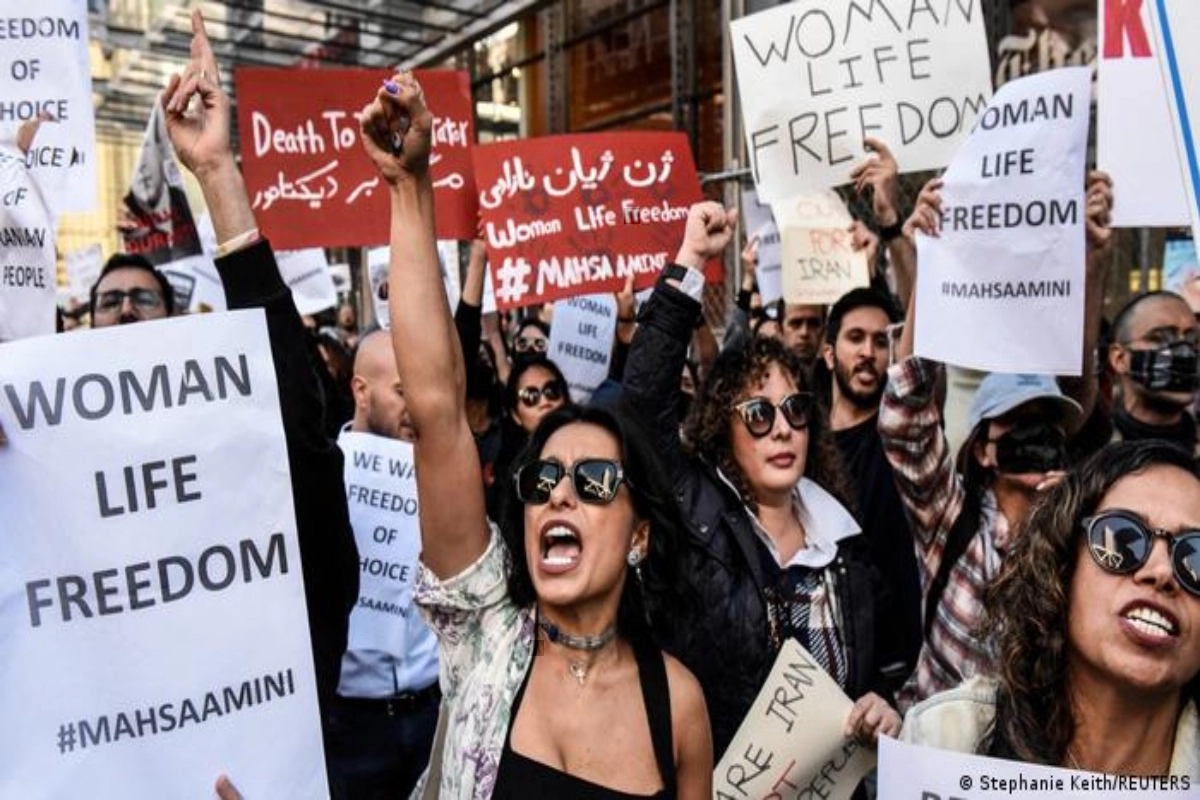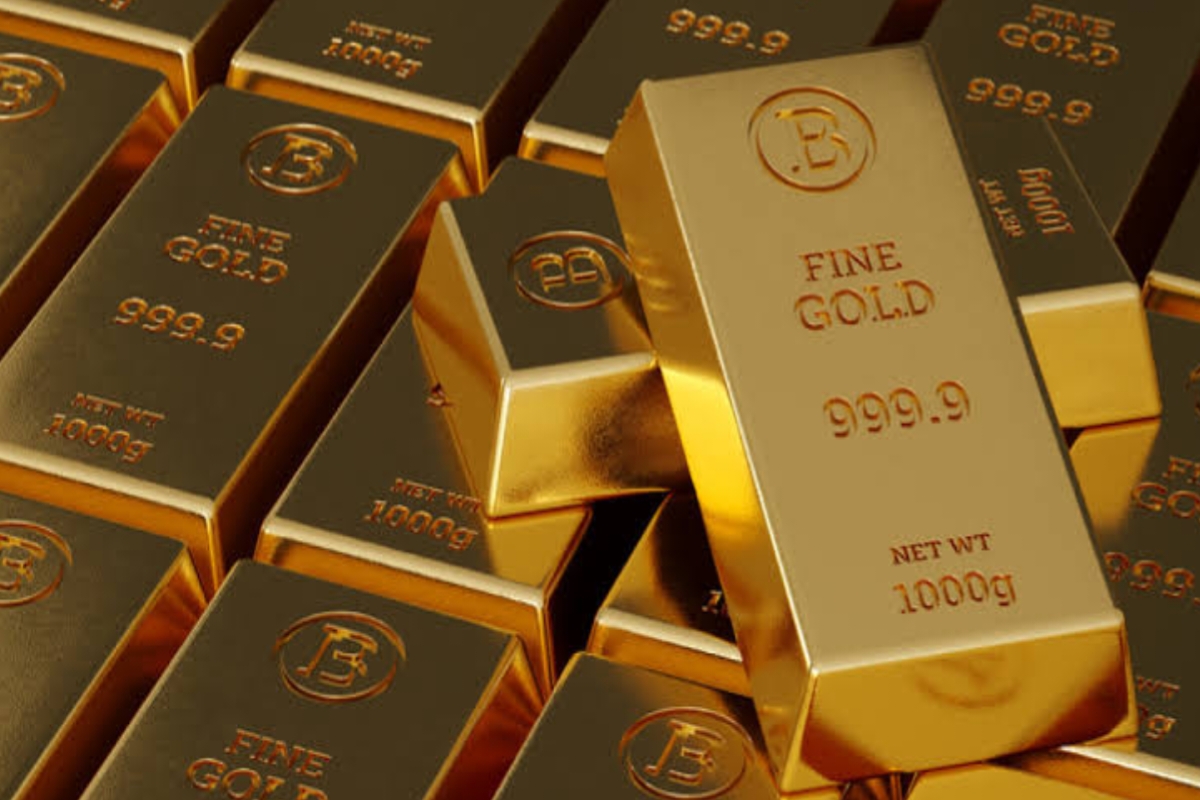Iran Protest: Women in Iran are rasping against intrusive restrictions and moral policing. Young men and women worry about the lack of growth and opportunities in jobs, rising inflation and rampant corruption. Under unabated anguish and discontent, the monarchial regime faces an unsteady-turbulent ride.
Headlines in all newspapers across the world have focused on protests in Iran that erupted after a tragic incident in Iran. On September 13, Mahsa Amini, a 22-year-old Kurd, was arrested by Irshad, the morality police. She was taken to a detention centre to receive training on how to observe the ‘Hijab’ rule where she fainted, then taken to a hospital. Three days later, she was reported as died in police custody. The next day, protests broke out across Iran and continue to this day.
Why are women protesting?
Since 1979, Shia clerics have ruled Iran. They have imposed strict moral codes and restrictive rules on society. Women are supposed to dress modestly and cover their hair in accordance with clerics’ strict interpretations of Islam. As education levels increase, Iranian women are increasingly unwilling to play by such rules.
‘Irshad’ the moral police can stop and intimidate any woman for the most arbitrary of reasons. Over the years, Iranian women have become highly educated. The percentage of females in higher education increased from 3% in 1978 to 59% in 2018. Women have entered almost all professions now. Their expectations have risen similarly. Even when there have been no protests, there is a simmering discontent among women about the restrictions they face daily.
Then why are men protesting?
If the present protests are against restrictive practices concerning certain dress codes imposed on women then why the men folk have also joined the country-wide movement? If Iranian women are dissatisfied, so are the men. They are really frustrated with the lack of growth and employment opportunities, rampant corruption and rising inflation. Many have lost hope in the future. In particular, educated men are most discontented. They are unable to get decent well-paying jobs. This restricts their marriage opportunities.
The present uprising is not alone a ‘Hijab’ issue. It is a consequence of simmering frustrations and anguish for ages. It is anger against the present regime which is not only ultra-conservative but repressive as well. It is the pain of the millions of educated youth to be ruled by a few boorish, amoral and repressive people heading the state. It is the collective fury against their own system that has connived with western forces for pilfering the wealth and natural resources of the country and impeding the growth of oil-rich Iran.
Have you ever wondered “Why Iranians call America “The Devil’s Land”?”
During the 1950s the British dominated Iran’s oil trade, with 84% of Iran’s oil production going to England and only 16% remaining with Iran. The Emperor of Iran, Mohammad Reza Pahlavi, was a corrupt man, so he was nowhere concerned about the rich oil resources being usurped by the West by covert methods. Iran at that time had a constitutional monarchy with an elected parliament.
Mohammed Mossadegh the crusader who really tried to stem the rot
In 1951, Mohammed Mossadegh, a staunch patriot, became Prime Minister. He was not in favour of the dominance of foreign companies in Iran’s oil trade. On March 15, 1951, he presented a bill for the nationalization of Iran’s oil industry in parliament, which was passed by a majority. After this bill was passed, Iranians began to dream of their prosperity with their indigenous rich ‘Oil Resources.
‘Times Magazine’ called Mossadegh “Man of the year” in 1951.
But in the bargain, the British lost a lot. The British used many overt and covert ploys to dislodge Mossadegh, tried to bribe Mossadegh, made futile efforts to assassinate Mossadegh, and attempted a military coup, as Mossadegh was very skilled and sharp, the British assassination, the bribery plot failed and since Mossadegh had become very popular among the common Iranian people, the military coup did not succeed.
Finally, the British asked for help from America. Under a clandestine arrangement, America’s CIA approved a $1 million fund to remove Mossadegh.
The funds were sent to the American ambassador in Tehran (the capital of Iran). Mossadegh wanted to end the monarchy in Iran, completely and give all the powers to the parliament, so the emperor of Iran was also on the side of England and America. They planned to create discontent against Mossadegh and remove popular support from him, and then overthrow his government with the help of corrupt parliamentarians.
Who are the real enemies of Iran?
A large number of Iranian journalists, editors, and Muslim clerics were paid handsome amounts by the US and those journalists, editors and Muslim clerics had only one thing to do in return, which was to incite the people against Mossadegh. Members of the Iranian Parliament were also paid handsomely for spreading false canards against Mossadegh. Thousands of Iranians were paid to participate in the fake protest. Media houses around the world also started supporting America. Mossadegh began to be referred to as “the Dictator” in the “New York Times”. “Times” magazine called Mossadegh’s choice dangerous. Opposition to Mossadegh even stooped very low with immoral disparagements like depicting him as gay.
Mossadegh displayed strong resilience against all who connived against him and even forced the Emperor of Iran to flee to Baghdad.
Finally, the US instigated fake riots in the capital of Iran, with mercenaries on both sides. Mossadegh surrendered, was put on trial, imprisoned, and then held under house arrest until his death. (Mossadegh died in custody at the age of 85.)
And thus nationalist forces of Iran who fought against the exploitation of their oil wealth were subjugated by vested interests inside the country and elsewhere. The dominance of America and England was restored after a brief period of resistance, pilferage of oil continued with local support.
For decades the Iranian people had to live under the crooked dictatorship of the Shah of Iran. A revolution ended the monarchy but then the fanatical Khomeini came to power in 1979 and made the lives of the Iranian people even worse.
Also Read: Iraq: Explosion at a Football Stadium in Baghdad Leaves 10 Dead and More than 20 Injured
Now, looking back to Mossadegh’s policies, Iran would have become a fully democratic country before 1955, and the overall control of their rich oil resources had remained within the purview of the native government – thus bringing immense peace and prosperity.
With a strong democracy and a government that favoured indigenous companies, Iran could have become more prosperous than Saudi Arabia today. But Iran’s corrupt parliamentarians, journalists, and editors sold Iran’s rich future for just a few dollars.
During this period of oppression, the Iranian people began to realize that America had a hand in overthrowing Mossadegh’s government. In 1979, the Iranians detained Americans in the US embassy for 444 days – classified pieces of evidence of how America helped the oppressive puppets in Iran, were located in the US embassy in Iran which was later released in public.
That is why Iranians call America, “Satan’s Country”.
The youth of today’s Iran who is well read and educated have come to understand that they have been cheated at the hands of their rulers, who colluded with foreign mercenaries and deprived of their wealth, prosperity and growth – the present nationwide movement is nothing but an outburst of their collective anger owing from simmering frustrations from a long time.
Also Read: Maharashtra: State to introduce medical studies in Marathi from next academic year
Keep watching our YouTube Channel ‘DNP INDIA’. Also, please subscribe and follow us on FACEBOOK, INSTAGRAM, and TWITTER












